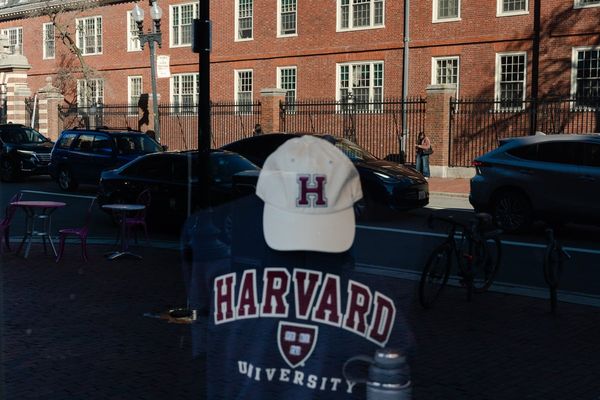
In the high wind, black-headed gulls are shrieking like teenagers on a rollercoaster. Quick and graceful as terns, they swerve and jockey over the river, goading each other with jealous cries. As I continue walking along the bank, I watch for the flash of white at the leading edge of their wings – a more reliable cue to species identity than the mutable head colour.
The dark head of an adult black-headed gull, Chroicocephalus ridibundus, is actually chocolate-brown. Along with sharply defined black wing-tips and carmine-red bill and legs, a complete hood is an “honest signal” of sexual maturity. Good genes and good nutrition can’t be faked.
When I catch up with a group of them perched on low railings, only one splendid individual answers this description. The rest are a motley lineup. The youngest birds – which can be recognised by their gingery wing feathers – have mostly winter-white heads. Older birds are at different stages of the “pattern baldness” that will darken over the next few weeks until the breeding season fully arrives. Their legs vary from pinkish to orangey-red. However, what this group has in common is a slumped posture. I keep still. Slowly, and in turn, each gull closes its eyes for a few seconds.
Their exhaustion is not simply due to their efforts against the wind. It’s surely also because of the hormonal weather that’s storming through them. These birds, like other species across the northern hemisphere, are going through their annual “puberty” – essentially a new adolescence every year – triggered by the increasing day length. The seasonal release of hormones stimulates the growth of their sex organs (ovaries and testes), and this in turn leads to changes in plumage and other features that signal the bird’s capacity to breed. With all that turbulence, inside and out, it’s no wonder the gulls look like tired teenagers.
When the breeding season is over, from around late July, a menopause will follow, for females and males. The sex organs will then shrink to reduce weight, helping to conserve vital energy for flying. The change is so dramatic that biologists call it “gonadal collapse”.
As if my thoughts had goaded them, the gulls perk up. They lift off, spiralling into the wind and the river-reflected light.
• Under the Changing Skies: The Best of the Guardian’s Country Diary, 2018-2024 is published by Guardian Faber; order at guardianbookshop.com and get a 15% discount







